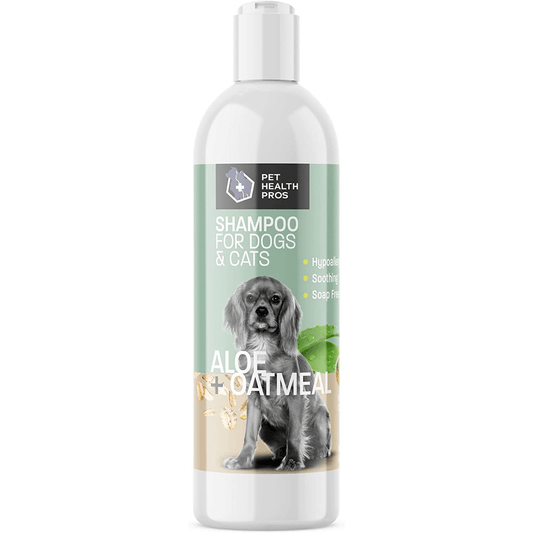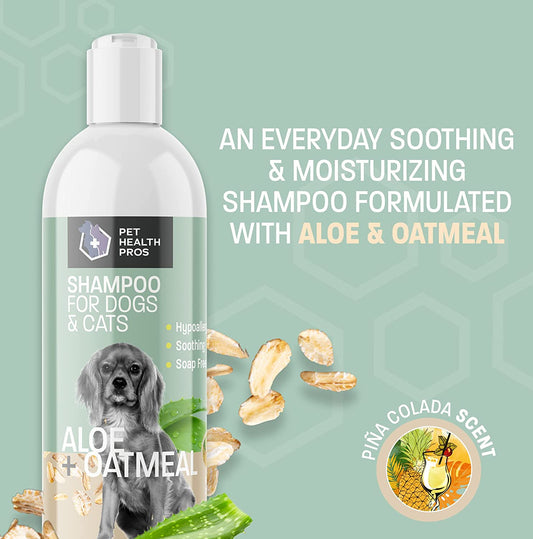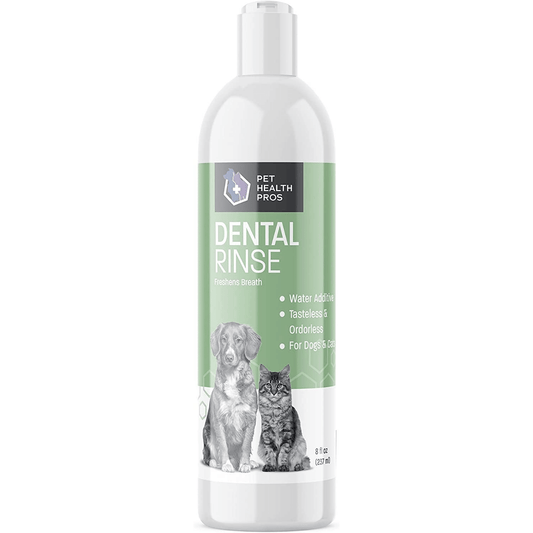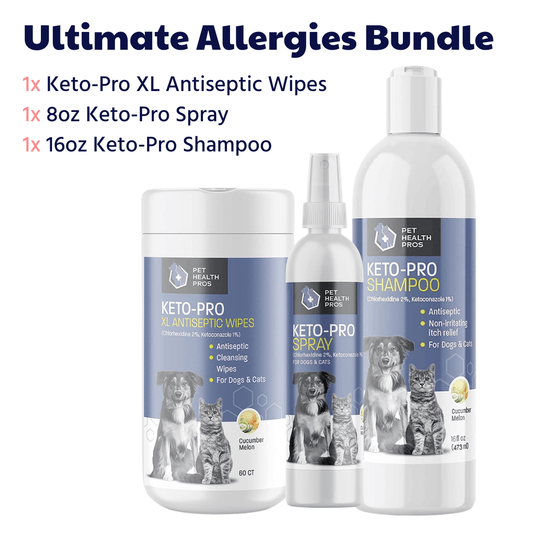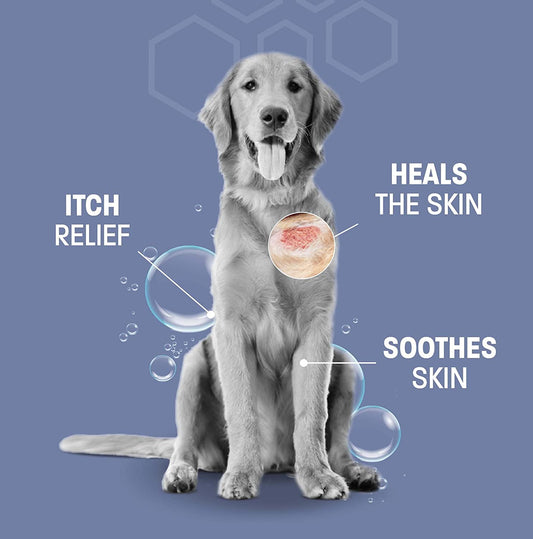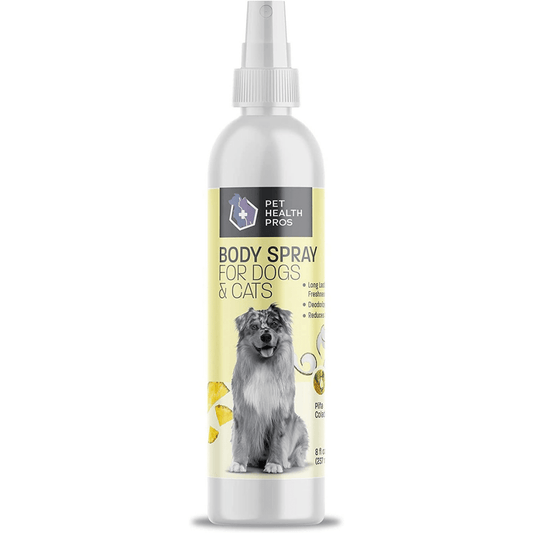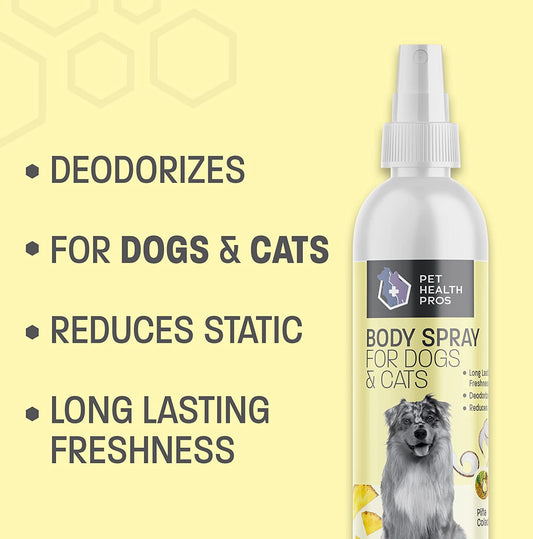Ever walked into your living room to find your favorite chair leg chewed to bits? Yeah, it’s a common scene for dog owners. Dogs love to chew, and while it’s natural, it can be super frustrating. That’s where a DIY no chew dog spray comes into play. It’s a simple solution to save your furniture without breaking the bank. Plus, making your own spray means you know exactly what’s in it, keeping it safe for your furry friend. Let’s dive into how you can whip up your own batch and keep those teeth off your couch.
Key Takeaways
- DIY no chew dog sprays are cost-effective and safe.
- Chewing is a natural behavior in dogs, but it can be managed.
- Using natural ingredients is better for your pet's health.
- Consistency in applying the spray is key to success.
- Alternative methods like training can also help prevent chewing.
Understanding the Need for a DIY No Chew Dog Spray
Why Dogs Chew Furniture
Dogs chewing on furniture can be a real headache. It's not just about the damage to your beloved couch or table legs. Chewing is a natural behavior for dogs, often linked to their need to explore the world, relieve stress, or even just boredom. Puppies, in particular, chew to alleviate the discomfort of teething. Understanding why your dog is chewing is the first step in addressing the problem.
Common Household Items Dogs Chew
It's not just furniture that falls victim to a dog's chewing habits. Many household items can become targets, including:
- Shoes and slippers
- Remote controls
- Pillows and cushions
These items often carry the scent of their owners, making them particularly appealing to dogs. Keeping these items out of reach can help, but a more proactive solution is often necessary.
Signs Your Dog Needs a No Chew Spray
So, how do you know if your dog could benefit from a no chew spray? Look out for these signs:
- Frequent chewing on specific items, even after being scolded or redirected.
- Visible teeth marks on furniture or household objects.
- Repeated attempts to chew on the same items, despite negative consequences.
If you notice these behaviors, it might be time to consider a DIY no chew spray. This natural solution can help deter your dog from unwanted chewing, saving your furniture and your sanity.
Ingredients for an Effective DIY No Chew Dog Spray
Natural Ingredients to Use
Creating a dog spray at home can be simple and effective if you use the right ingredients. Natural ingredients are often the best choice because they're safe for pets and the environment. Here are some you can consider:
- Vinegar: Its strong smell can deter dogs from chewing furniture.
- Citrus: Dogs generally dislike the scent of citrus fruits like lemon and orange.
- Apple Cider Vinegar: This is a popular choice due to its strong odor and safety for pets.
Ingredients to Avoid
Not all ingredients are safe for dogs, so it's crucial to know what to avoid:
- Essential Oils: While some might think they are natural, many essential oils can be harmful to dogs.
- Alcohol: It can be toxic if ingested by pets.
- Spicy Ingredients: These can cause irritation to your dog's skin and mouth.
Safety Considerations for Pets
When making a DIY dog spray, always prioritize safety:
- Test the Spray: Before applying it widely, test a small amount on a less visible area to ensure your dog doesn't have a reaction.
- Avoid Sensitive Areas: Do not spray near your dog's eyes, nose, or mouth.
- Consult a Vet: If you're unsure about an ingredient's safety, it's always best to ask a veterinarian.
Remember, the goal is to keep your furniture safe without harming your furry friend. A little caution goes a long way in ensuring your pet's safety.
Step-by-Step Guide to Making Your Own No Chew Dog Spray
Gathering Your Materials
To start, you'll need to collect a few basic supplies. Having everything ready before you begin makes the process smoother. Here's a quick list:
- A clean spray bottle
- Fresh lemon juice
- White vinegar
- Water
- Measuring cups
Mixing the Ingredients
Once you've gathered your materials, it's time to mix them. Follow these steps:
- Pour two parts lemon juice into the spray bottle.
- Add one part white vinegar.
- Fill the rest of the bottle with water.
- Shake the bottle well to combine the ingredients.
This homemade solution using lemon juice and white vinegar is known for its effectiveness in deterring dogs from chewing.
Proper Storage and Usage
After mixing, it's important to store your spray correctly. Keep it in a cool, dry place away from direct sunlight. When you're ready to use it, spray a small amount on the furniture or items you want to protect. Always test a small area first to ensure there's no discoloration or damage. Regular application may be necessary to maintain its effectiveness.
Making your own no chew dog spray is a straightforward process. With just a few household ingredients, you can protect your furniture and belongings from your dog's chewing habits.
Tips for Applying DIY No Chew Dog Spray
Best Practices for Application
Applying your DIY no chew dog spray correctly can make a huge difference in its effectiveness. Always test the spray on a small, inconspicuous area first to ensure it doesn't damage the material. Once you're sure it's safe, apply a light, even coating over the surface you want to protect. Avoid soaking the area, as this can lead to residue buildup or discoloration. Remember, a little goes a long way.
Frequency of Application
The frequency with which you need to apply the spray largely depends on your dog's behavior and the spray's potency. Initially, you might need to apply it daily to reinforce the deterrent effect. As your dog starts to learn, you can reduce the frequency to every few days or as needed. Keep an eye on your dog's chewing habits and adjust accordingly.
Areas to Focus On
When applying the spray, focus on areas that your dog tends to chew the most. This could be the corners of furniture, shoes, or even electrical cords. It's also a good idea to treat any new items you bring into your home, as dogs are naturally curious about new smells and textures. By targeting these high-risk areas, you can effectively reduce the chances of your dog causing damage.
Combining dog no chew spray with behavioral training effectively addresses destructive chewing in pets. The spray acts as a taste deterrent, redirecting dogs to appropriate toys while being safe and non-toxic. Step-by-step application instructions ensure proper use, and selecting the right spray is crucial for effectiveness. Positive reinforcement techniques enhance results, making it essential for pet owners to consider professional advice and training to create a harmonious living environment.
Alternative Solutions to Prevent Chewing
Training Techniques to Discourage Chewing
Training your dog not to chew on furniture or other household items is one of the most effective ways to prevent damage. Consistency is key when it comes to training. Start by redirecting your dog's attention whenever they begin to chew on something inappropriate. Use commands like "leave it" or "no" and reward them when they obey. Positive reinforcement helps in encouraging good behavior over time. You might also consider enrolling your dog in a training class where professionals can offer guidance and support.
Providing Chew Toys
Dogs have a natural instinct to chew, so it's important to provide them with appropriate outlets. Chew toys can be a great solution. Choose toys that are safe and durable, and consider rotating them regularly to keep your dog interested. Rubber toys, rope toys, and dental chews are popular options that can satisfy your dog's urge to chew while also promoting dental health.
Using Commercial No Chew Sprays
If training and chew toys aren't enough, commercial no chew sprays can be an effective deterrent. These sprays are designed to taste unpleasant, discouraging your dog from chewing on treated surfaces. When selecting a no chew spray, look for products that are safe for both pets and furniture. Many sprays contain natural extracts or bittersweet flavors that are effective in deterring pets. Apply the spray to areas where your dog tends to chew, and reapply as needed to maintain its effectiveness.
While it might take some trial and error to find the right combination of solutions, preventing your dog from chewing is possible with patience and persistence. Remember, the goal is to create a safe and happy environment for both you and your furry friend.
Evaluating the Effectiveness of Your DIY No Chew Dog Spray
Monitoring Your Dog's Behavior
Once you've whipped up your own no chew dog spray, the next step is to see if it's actually doing the trick. Keep a close eye on your dog's behavior around the furniture or items you've sprayed. If they're sniffing but not biting, you're on the right track. However, if they're still gnawing away, it might be time to rethink your formula or application method.
Adjusting the Formula if Needed
Sometimes, the first mix doesn't hit the mark. If your dog seems unfazed by the spray, consider tweaking the ingredients. Maybe add a bit more of the bitter stuff or switch to a different natural deterrent. Remember, each dog is different, so what works for one might not work for another.
When to Consult a Professional
If you've tried everything and your dog is still treating your furniture like a chew toy, it might be time to bring in the big guns. Consulting with a Pet Genius can provide personalized advice tailored to your dog's specific needs. They can offer insights into behavioral issues that might be causing the chewing and suggest alternative solutions that you might not have considered.
Understanding the Limitations of DIY No Chew Dog Sprays
Situations Where DIY Sprays May Not Work
DIY no chew dog sprays can be a handy solution, but they aren't foolproof. Some dogs simply aren't deterred by the taste or smell of these sprays. Puppies, in particular, might be more curious and less sensitive to the deterrents. If your dog is highly motivated to chew due to anxiety, boredom, or teething, a spray might not be enough on its own.
Potential Risks and Side Effects
While many DIY recipes use natural ingredients, it's critical to remember that "natural" doesn't always mean "safe" for every pet. Some dogs might have allergies or sensitivities to certain ingredients. Always test a small area first and watch for any negative reactions, such as skin irritation or excessive drooling.
When to Seek Veterinary Advice
If your dog's chewing behavior persists despite using a DIY spray, it might be time to consult a vet. Chronic chewing can be a sign of underlying health issues or behavioral problems that need professional attention. A vet can provide guidance on safe ingredients and suggest alternative solutions tailored to your dog's needs.
It's important to remember that while DIY solutions can be helpful, they are not a substitute for professional advice. Understanding your pet's unique needs and behaviors is key to finding the most effective solution.
When it comes to DIY no chew dog sprays, it's important to know their limits. While they can help deter your dog from chewing on furniture or other items, they may not work for every dog. Some pets might ignore the spray or even like the taste! If you're looking for effective solutions, check out our products at Pet Health Pros. We have a range of options that are vet-approved and made in the USA. Visit us today!
Conclusion
In the end, making your own no-chew spray for dogs is not just a fun project, but a practical one too. It helps keep your furniture safe from those curious teeth without breaking the bank. Plus, you know exactly what's in it, which is always a plus for your furry friend's health. Remember, consistency is key. Keep applying the spray and redirecting your dog's attention to appropriate chew toys. With a bit of patience and persistence, you'll find your dog learning the ropes in no time. So, give it a try and see how it works for you and your pup!
Frequently Asked Questions
What is a DIY no chew dog spray?
A DIY no chew dog spray is a homemade solution using safe ingredients to deter dogs from chewing on furniture and other household items.
Why do dogs chew on furniture?
Dogs might chew on furniture because they are bored, teething, or anxious. Chewing is a natural behavior for dogs.
What ingredients should I avoid in a no chew spray?
Avoid using ingredients that are harmful to dogs, like essential oils that can be toxic, such as tea tree oil.
How often should I apply the no chew spray?
You should apply the no chew spray as needed, usually once a day or whenever you see your dog starting to chew.
Can a no chew spray harm my dog?
If made with safe ingredients, a no chew spray should not harm your dog. Always ensure the ingredients are pet-friendly.
What if the spray doesn't stop my dog from chewing?
If the spray isn't working, you might need to try other methods like training or providing chew toys. Consulting a vet may also help.


